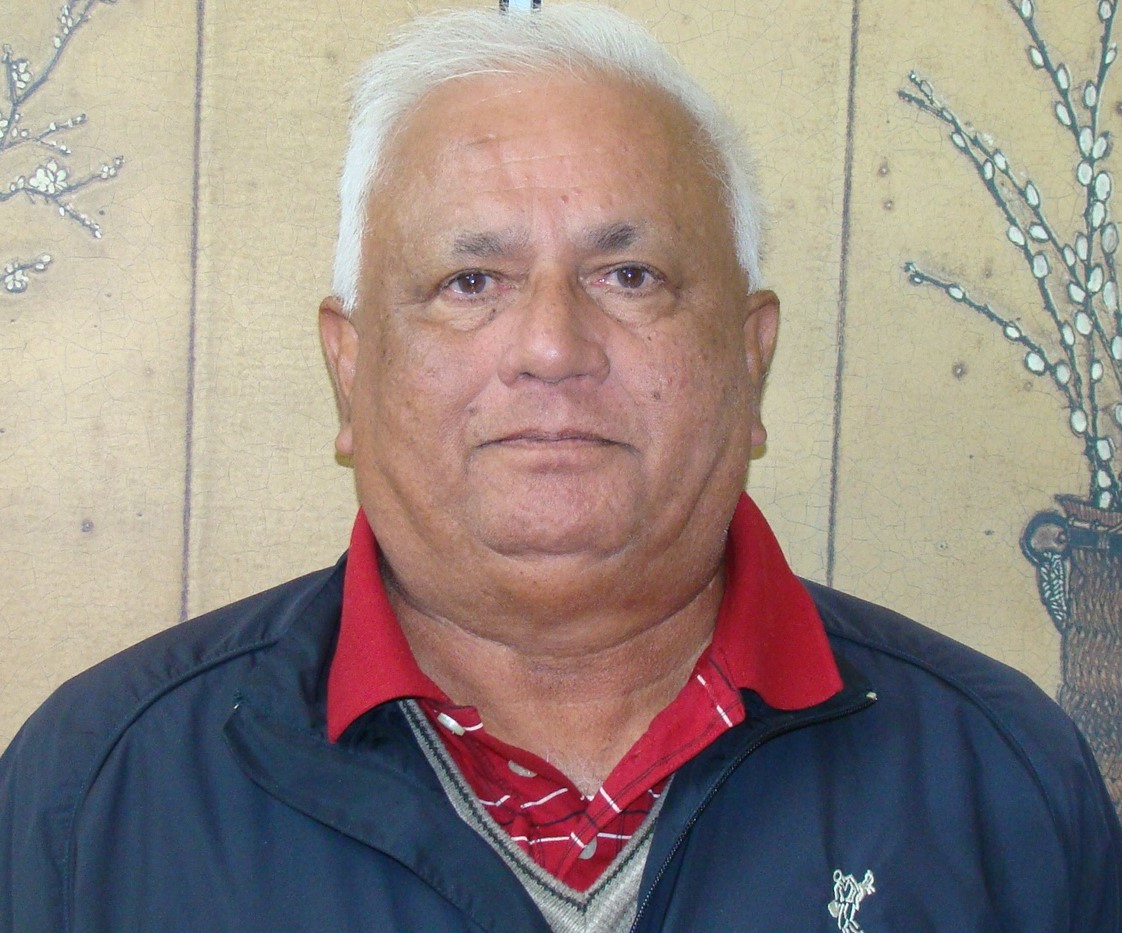The recent accidental firing of a BrahMos supersonic cruise missile by India into Pakistan raised alarm bells over a new conflict in South Asia. For the last seventy-five years, the deep-set hostility between India and Pakistan has posed a grave danger to peace and security in South Asia. Religious, ideological, and cultural divides have hardened into a dangerous confrontation. The troubled relationship has cast a long shadow over a vast region facing abject poverty, extreme deprivation, and the prospect of nuclear Armageddon.
The bloody partition of India in 1947, subsequent wars and conflict over Kashmir, and Pakistan's deep resentment over India's support in the break-up of Pakistan and the creation of Bangladesh in 1971 have left a bitter legacy challenging to overcome. Today, many Indians and Pakistanis view each other negatively. And domestic constituencies that could drive peace and reconciliation are virtually non-existent. As journalist Tim Marshall contends, "India and Pakistan can agree on one thing: neither wants the other around."
The tit-for-tat nuclear tests by India and Pakistan in 1998 were seen domestically as a way to assert greatness. But the international reaction rightly was very unfavorable. Undoubtedly, the nuclear tests sped up the arms race between enemies in a self-defeating cycle of escalation and were a recipe for horrific disaster.
Since 1998, the threat of nuclear exchange has risen as both countries have developed comparable and formidable atomic arsenals. According to the Stockholm International Peace Research Institute (SIPRI) Yearbook 2022, Pakistan has 165 nuclear warheads compared to India's 160 warheads. The yearbook states that India and Pakistan appear to be expanding their nuclear arsenals and continue to develop lethal weapon delivery systems. Still, it is a conflict that neither side can win decisively without suffering grievous damage.
Significantly, the political leadership in India and Pakistan hasn't shown statesmanship, maturity, and vision. It ignores the critical point that India-Pakistan cooperation is central to South Asia's future. Instead of reducing tensions, encouraging confidence-building mechanisms, and conflict reduction, the leadership has fostered mutual antipathy between the countries through mindless jingoism and ceaseless propaganda. It has also failed to manage spoilers who have derailed previous India-Pakistan peace efforts.
Leaders are reluctant to take risks avoiding the inevitable setbacks and violent opposition involved in a sustained peace process. Expressing support for peace and reconciliation is a surefire strategy for political oblivion. A recent example is the refusal of the Pakistani leadership to consider a potential offer of Indian food imports in the wake of the devastating floods in Pakistan. It missed yet another opportunity to start a thaw in the frozen relationship.
Yet, Pakistan needs peace more to halt a downward slide heavily linked to the human and material cost of the ruinous rivalry with India. Policymakers in Pakistan are finding it increasingly difficult to counter India's widening economic, political, and military advantage. An exploding population, rudderless political system, sick economy, vulnerability to climate change disasters, and terrorist threats have heightened Pakistan's woes.
On the other hand, global powers and investors consider India a much better bet than Pakistan and a valuable counterweight to China. India has embarked on a strategy of attrition against Pakistan that may succeed but at the cost of delaying its unfulfilled desire to rise to the world stage.
India and Pakistan have poor human development indicators (per capita income, health, and education). Unsurprisingly, India and Pakistan are rated 130 and 150 on the global Human Development Index (HDI). It reflects the skewed priorities of both countries. For instance, while annual defense spending for India and Pakistan is around $77 billion and $12 billion, in contrast, health and education are allocated $25 billion and $79 billion in India and a mere $3 billion and $8 billion in Pakistan annually. But Pakistan is steadily losing ground to India even in HDI terms, particularly in education.
The roadmap for India and Pakistan is to compromise through engagement and dialogue. Both sides should set aside territorial disputes that need time to resolve (Kashmir, Siachen Glacier, and Sir Creek). Instead, India and Pakistan must cooperate on trade ties, cross-border terrorism, and climate change. It is not a quick way to reach an agreement but a dependable one.
The political leadership in India and Pakistan hasn't shown statesmanship, maturity, and vision. It ignores the critical point that India-Pakistan cooperation is central to South Asia's future. The roadmap for India and Pakistan is to compromise through engagement and dialogue.





